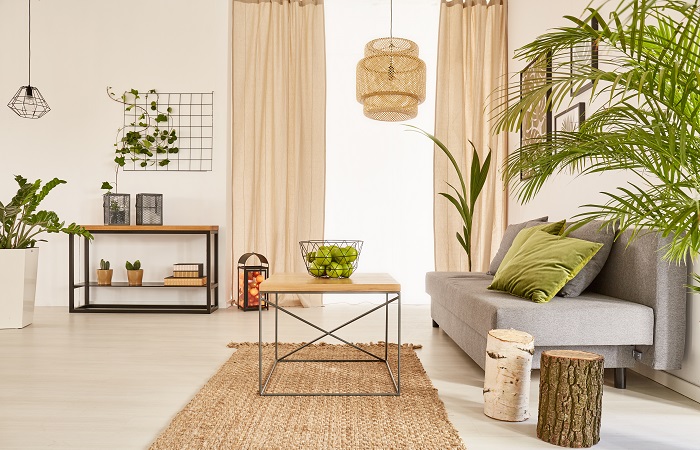Indoor Plants: Maintenance
Choosing the right indoor plants for your home
is very necessary. Deciding on where you want to place your indoor plant is an
important aspect. It can be your bedroom where the atmosphere is moist or a
corner where there is not much sunlight, or it can be by the window where there
is sufficient sunlight or with both. Deciding on that, you should select what
plans do best for your preferred area. Most indoor plants come in plastic pots.
Repotting the plants is vital if you want your plant to grow. Plants expand so
it needs to be placed in larger pots so they can live their best life. Repotting
requires a larger pot than the current pot and more soil, you should water the
plants a few days before you repot them.
You should not put too much soil in the pot as it
might block the drainage outlet. Make sure the soil is damped before you repot.
After planting the plants in a new pot, water it down thoroughly so it all forms
together. Several indoor plants require significantly less watering or the
opposite. When your indoor plants are being overwatered, a good sign is when the
leaves turn yellow or brown. It confuses the caregiver as they think the plants
are not getting enough water and drown them in excess water. Checking the soil
of the plant and seeing if it is damped can help you identify if the plant needs
water or no. Indoor plants, as well as outdoor plans, are best when watered in
the morning. To obtain further details please check out Darsh
Misting your plant, especially
indoor plants of tropical environments like the monstera, fiddle fig leaf plant,
or birds of paradise. A little mixture of water in the evening can make this
type of tropical plant feel at home. Pruning off dead leaves would minimize bugs
or fungus in your indoor plants.
Cleaning the indoor plants when it becomes dusty with a
damped cloth is recommended. Other alternatives are using neem oil which is a
pesticide, and fungicide as well. Cleaning your indoor plants with this oil
allows the indoor plants to grow more effectively and use more sunlight. Indoor
plants need to be repotted every 12 to 18 months, but some plants are
slow-growing, so they can go up to a few years without repotting. There should
be a proper drainage hole at the bottom of the pot.